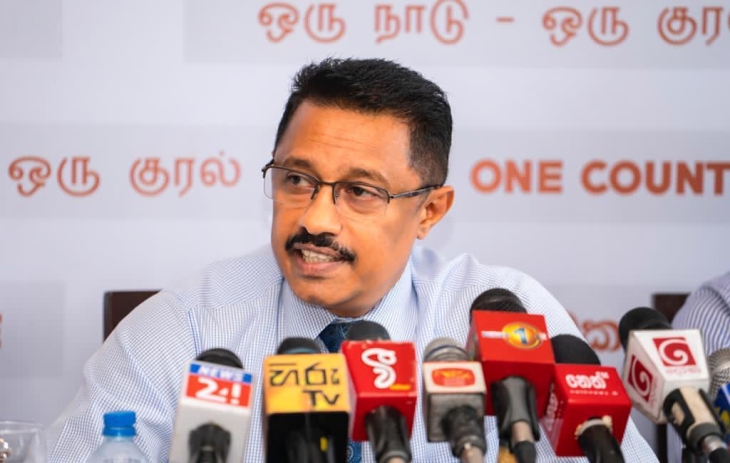Chairman of the Public Utilities Commission of Sri Lanka (PUCSL) Janaka Ratnayake yesterday told the media that he will continue as the head of the Commission.
Addressing journalists from Australia, Ratnayake said that there are a few ways to remove him legally. Technically, he has around 20 months more to continue as the chairman of the PUCSL, he said.
“Either a majority of MPs have to decide that I must resign. Or they should find me guilty of a violation following an investigation,” he said.
Ratnayake said that some of the newly appointed members of the Commission have decided to approve the cabinet approved CEB tariff proposal while he was not in the country.
“I came to Australia on 12 February and the GM has gone to the US on an official visit. We had appointed a director at the PUCSL to be acting GM. At this point some members of the commission decided to approve the CEB tariff plan. Then they called PUCSL officials to the Presidential Secretariat and asked them to place their signature on a letter to the CEB, authorising the tariff hike. Politicians too were there. Officials had no option but to sign,” he said.
Ratnayake’s office at the PUCSL was sealed yesterday by the police. Commenting on this development, he said that he is glad that the office is sealed.
The PUCSL chairman also criticized the CEB decision to increase tariffs of people who consume less than 90 units of electricity. Sri Lanka produces electricity from hydro power at around four rupees per unit and the profit made from these units must benefit the low income households, he said.
“In 2008, the CEB did something similar and the Supreme Court quashed it. The subsidies given to each segment should be decided by the PUCSL, not the CEB. About five million customers consume less than 90 units. How will they pay?” he asked.
Ratnayake added that in parallel to the increase in tariffs, the demand will drop. If that is the case the CEB will not be able to hit expected revenue targets, he said.
“We used to think that the demand for electricity is not elastic. However, after we increased tariffs in August 2022, there was drop of 12 percent. The CEB aims to make an additional 267 billion rupees from the tariff hike. In August 2022, the CEB made an additional 180 billion rupees with the tariff hike. With these two hikes, the CEB is to male around 450 billion a year. This is about 1.2 billion U.S. dollars. Now the annual income of CEB will be about 700 billion. However, the question is does the CEB have competent finance officers to mange this?” he asked.










